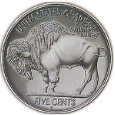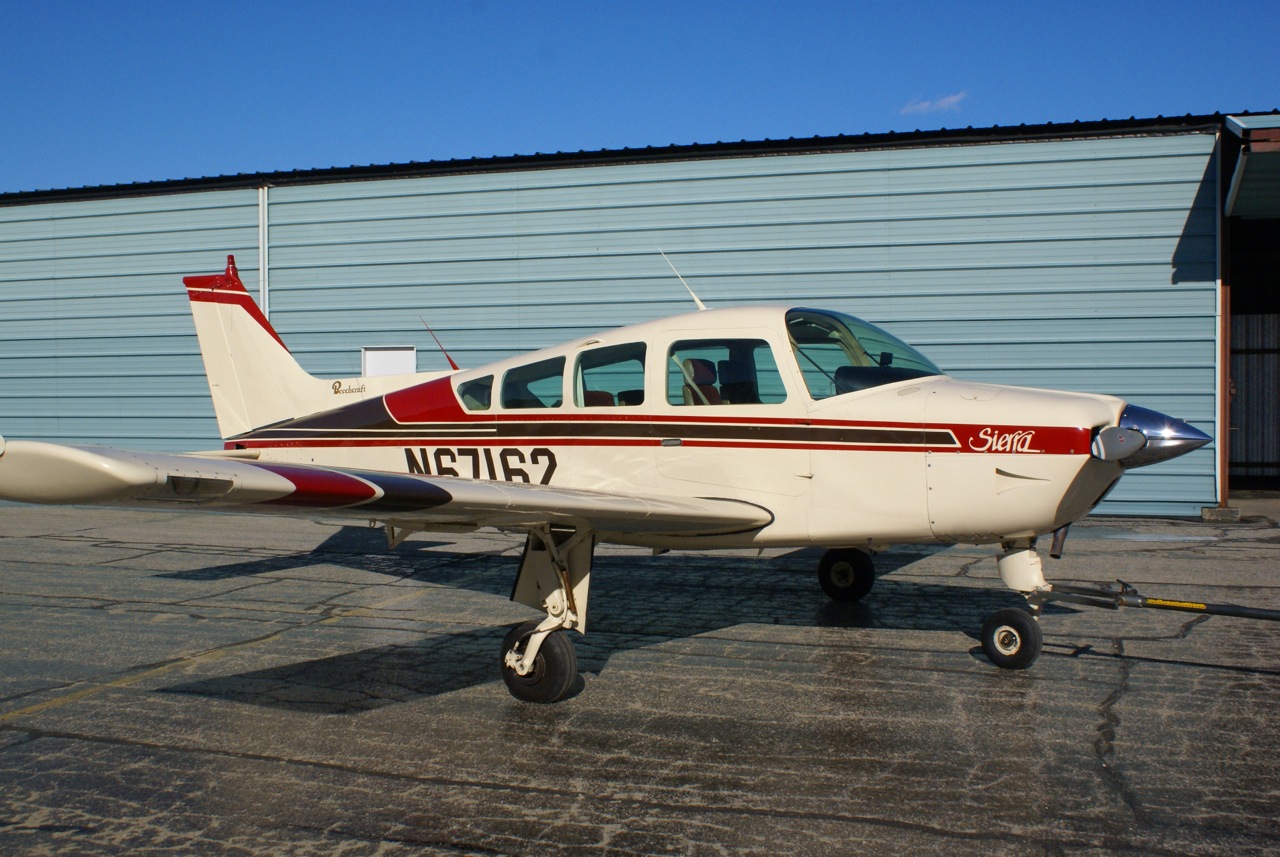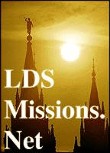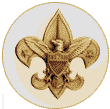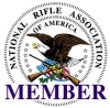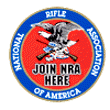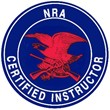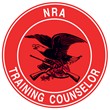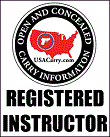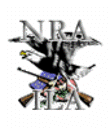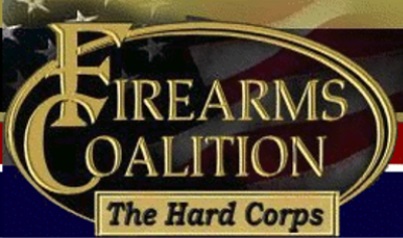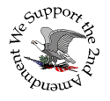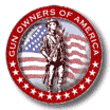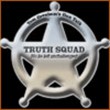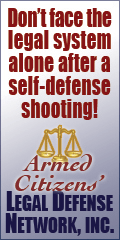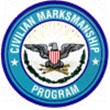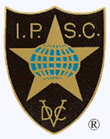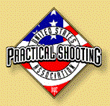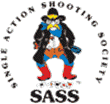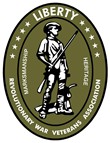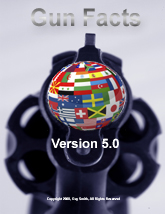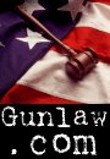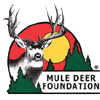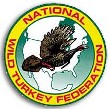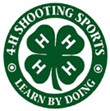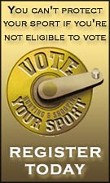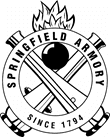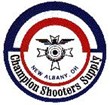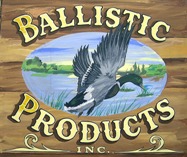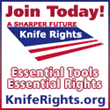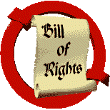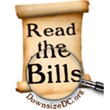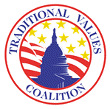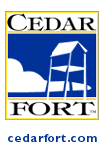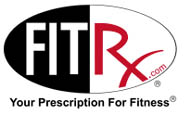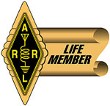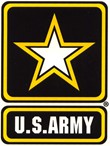|
This page outlines requirements and a typical syllabus for the training required to obtain a Private Pilot's license. There are many paths to the same goal, so check with your instructor to determine their particular approach. The regulation governing this training is 14 CFR Part 61 Subpart E. There are 3 basic sections to this regulation: Eligibility Requirements
Must be 17 years of age and read, speak and write the English language. Aeronautical Knowledge
The information you must know to pass the knowledge test (written test).
Along with your flight training you'll need to do some reading so that you're better prepared for each lesson and you can make effective use of your time in flight. Contained within the syllabus are reading assignments. These reading assignments come from the following books:
You don't need all these books to start, but you'll probably end up owing a copy of each (or similar books) before you finish. Additional books can be found in my pilot reading recommendations. Aeronautical Experience
That's the focus in this document, the flying part of Private Pilot training.
The required experience is laid out in the regulation, but the following list condenses the experience requirements into an easily understood format and is good for review as you approach your check ride to make sure you meet all the requirements.
40 hours of flight time
20 hours of flight training
- 3 hours of cross-country
- 3 hours of night training
- 1 cross-country of greater than 100nm total distance
- 10 takeoffs and 10 landings to a full stop
- 3 hours flight by reference to instruments
- 3 hours in preparation for test within previous 60 days
10 hours of solo flight in airplane
- 5 hours solo x-country
- 1 solo cross-country of greater than 150nm total distance, 3 full-stop landings at different points, one segment greater than 50nm
- 3 solo takeoffs and landings to a full stop at an airport with an operating control tower
You may find in the early stages of your flight training you feel a lot of pressure to solo and other people will want to know how many hours you have and when you're going to solo. Solo flight is just a necessary milestone to completing your training, it's not a useful goal in and of itself. The FAA has laid out a long list of maneuvers and procedures for student pilots prior to solo. My advice is not to be too eager to solo that you stop learning and focus only on that goal. You'll get there, and when you do you'll be well prepared. Remember to Have Fun
Like any learning experience you're going to have good days and bad days. Days where it all just clicks and you start to believe you might actually be able to get really good at flying and some days where you're not sure you can climb into the aircraft without causing excessive damage.
Remember that learning to fly is supposed to be a fun experience. If you feel like it's not a fun experience tell your instructor that today you just want to fly around and enjoy the feeling of flight. It is a truly unique perspective on the world, sometimes that's easy to miss as you're training. You're feel re-charged by the experience, you'll probably fly better then you ever have before because of the lack of pressure to perform and you'll be having fun, and ready to start learning again on your next lesson. Flight Training Syllabus
Finally, here is a typical flight training syllabus.
Back to Ol' Buffalo Aviation Page
|
